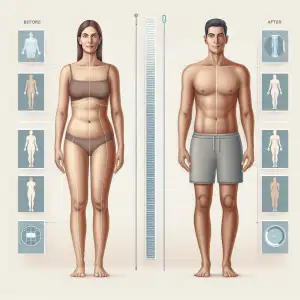Unlock Financial Freedom with a Personal Lease
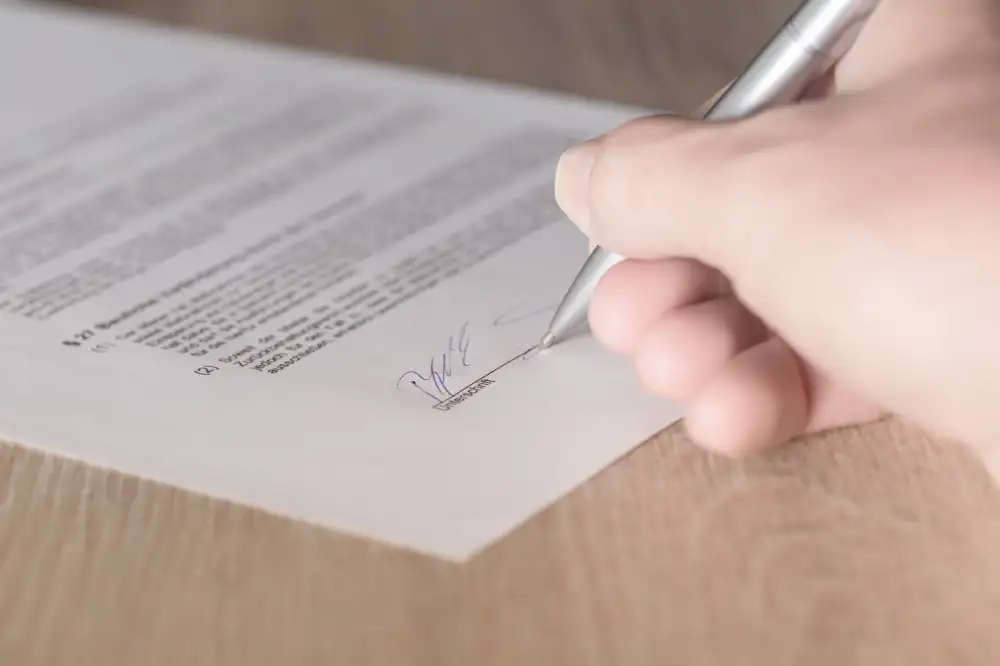
Monthly payments
When you lease a car, your monthly payment covers the vehicle's depreciation during your lease term, along with interest and fees. Think of it like a long-term rental. The amount you pay each month depends on several factors:
- The agreed-upon lease term, typically 2 to 4 years, influences your monthly payment. Shorter lease terms usually mean higher monthly payments because you're paying off the vehicle's depreciation faster.
- The vehicle's price plays a significant role. A more expensive car will generally have higher monthly lease payments.
- The estimated residual value, the vehicle's projected worth at the end of the lease, is crucial. A higher residual value typically leads to lower monthly payments.
- Your negotiated lease money factor, similar to an interest rate, affects the overall cost. A lower money factor can save you money over the lease term.
- The amount of your down payment. A larger down payment reduces the amount you're financing, resulting in lower monthly payments.
Additional factors like sales tax, registration fees, and lease-specific charges can also impact your monthly payment. It's essential to carefully review the lease agreement and understand all the costs involved before signing.
Lease term
A lease term is the period you agree to rent a property from a landlord. It's a crucial part of your lease agreement and dictates how long you have the legal right to live in the rental. Typically, lease terms are for 12 months, but they can be shorter or longer depending on your agreement with the landlord.
Shorter lease terms, like six months, offer flexibility but might come with higher rent or the risk of more frequent rent increases. Longer lease terms, like two years, provide stability and predictable housing costs but limit your flexibility if your circumstances change. During the lease term, you are obligated to pay rent and adhere to the terms outlined in your lease agreement. Breaking a lease before the term ends can result in financial penalties, such as owing the remaining rent or losing your security deposit.
Before signing a lease, carefully consider your needs and circumstances to determine the lease term that best suits your situation. If you value flexibility, a shorter term might be preferable. If you prioritize stability and predictability, a longer term could be the better option. Always discuss any questions or concerns about the lease term with your potential landlord before signing the agreement.
Mileage limits
One of the most important things to consider when leasing a car is the mileage limit. This is the maximum number of miles you are allowed to drive the car during your lease term, typically three years. If you exceed the mileage limit, you will have to pay a fee for each additional mile. Mileage limits can vary depending on the leasing company and the specific lease agreement. Some common mileage limits include 10,000, 12,000, and 15,000 miles per year. If you are someone who drives a lot, you will need to choose a lease with a higher mileage limit. Otherwise, you could end up paying a lot of money in mileage overage fees. If you are not sure how many miles you drive in a year, you can look at the odometer reading on your current car. You can also use a mapping app or website to estimate the distance of your daily commute and other frequent trips. It is important to be realistic about your mileage needs when choosing a lease. It is better to err on the side of caution and choose a lease with a higher mileage limit than you think you will need. This will help you avoid any unexpected fees at the end of your lease.
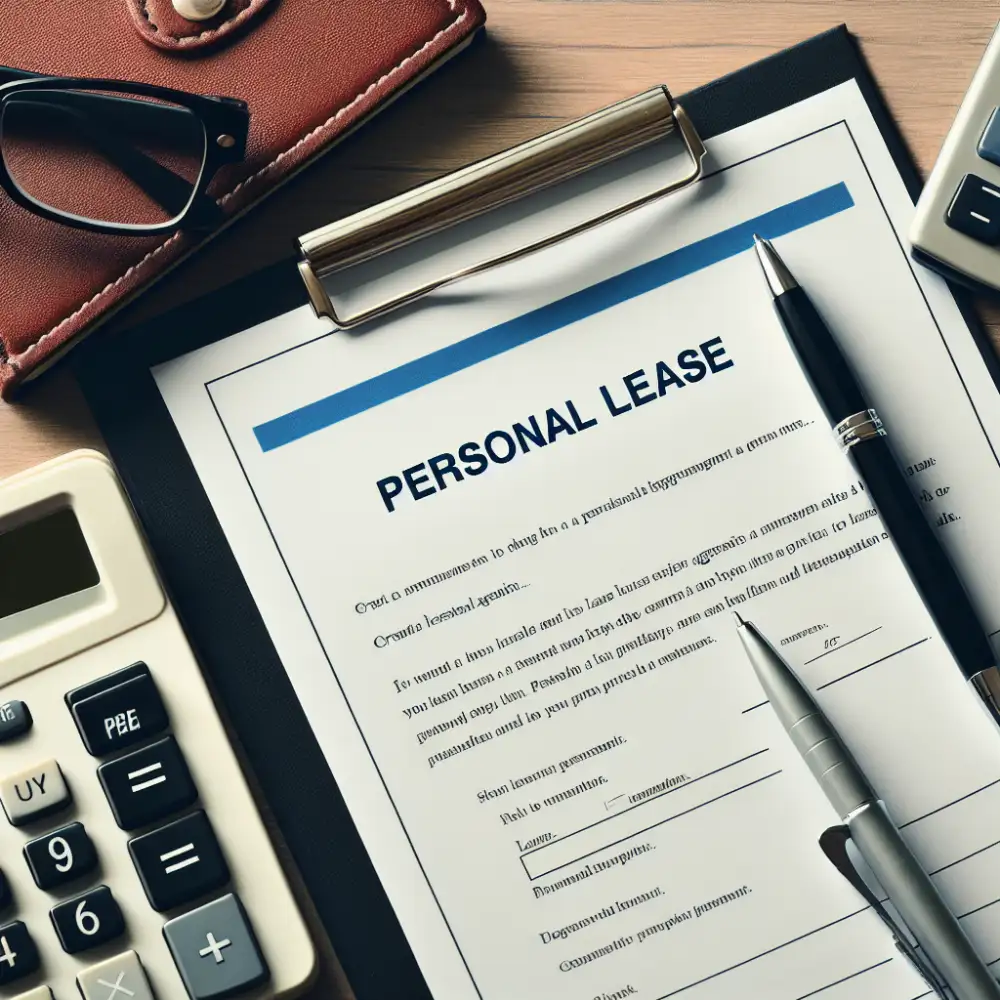
Down payment
A down payment in a personal lease, often called a capitalized cost reduction, lowers the initial amount you finance. It's like a prepayment on your lease, reducing your monthly payments and overall lease cost. Think of it like leasing a car. A larger down payment means you're financing a smaller portion of the car's value, leading to lower monthly payments.
The beauty of a down payment is its flexibility. You choose the amount based on your financial situation and leasing goals. A larger down payment translates to lower monthly payments, but it also ties up more of your cash upfront. A smaller down payment frees up your cash but results in slightly higher monthly payments.
Remember, the down payment is typically non-refundable. If you decide to end the lease early, you usually forfeit the down payment. Before deciding on a down payment, carefully consider your budget, how long you plan to lease, and your comfort level with different monthly payment options.
Money factor
The money factor is essentially the interest rate you pay on a lease. It's expressed as a small decimal, like 0.0025, rather than a percentage. To make sense of it, you can multiply the money factor by 2,400 to get an approximate annual percentage rate (APR). For example, a money factor of 0.0025 is roughly equivalent to a 6% APR (0.0025 x 2,400 = 6). A lower money factor means you'll pay less in finance charges over the lease term. Keep in mind that this is a simplified explanation and the actual APR might vary slightly. Always refer to your lease agreement for the precise terms and calculations. Negotiating a lower money factor can save you money over the life of your lease. It's similar to negotiating a lower interest rate on a car loan. Factors that can influence the money factor include your credit score, the make and model of the vehicle, and the lease terms.
Residual value
In the simplest terms, the residual value is the predicted worth of your leased car at the end of your lease term. Think of it as an educated guess about what the car will be worth in the future. This value is determined by the leasing company based on a number of factors, including the car's make and model, expected mileage, and historical depreciation rates. The residual value is a crucial component of your lease agreement because it directly affects your monthly payments.

A higher residual value means the car is expected to hold its value better, resulting in lower monthly payments. Conversely, a lower residual value translates to higher monthly payments. It's important to remember that the residual value is just an estimate. If you return the car at the end of the lease with more wear and tear than expected or exceed the agreed-upon mileage, you may be responsible for additional charges. On the other hand, if the car is in better-than-expected condition, you might even be in a position to leverage some equity.
Acquisition fee
Disposition feeA disposition fee is something you might come across when leasing a car. Basically, it's a charge you pay at the end of your lease. Think of it like a "goodbye" fee for the car. This fee covers the cost of getting the car ready for resale, which might include things like cleaning, repairs, and transportation.
Not all leases have a disposition fee. It depends on the leasing company and the specific terms you agree to. You can usually find information about the disposition fee in your lease agreement. It's important to read the fine print carefully so you're not caught off guard by unexpected charges when it's time to return your leased vehicle.
The amount of the disposition fee can vary, but it's often a fixed amount specified in your lease agreement. Sometimes, the fee might be waived if you decide to lease another car from the same dealership.
If you're concerned about the disposition fee, don't hesitate to ask the dealership about it before signing any lease agreement. They should be able to explain the fee and whether there are any conditions under which it might be waived.
Taxes and fees
When you lease a car, you're only responsible for taxes and fees on your monthly payments, not the entire vehicle value. This is a big perk compared to buying, where you'd pay a hefty sales tax upfront. But, remember, tax rules vary by state and even by city. Some places tack sales tax onto your monthly payment, while others calculate it based on a percentage of the lease value.
Don't forget about registration fees! These usually pop up annually and cover the cost of registering your leased vehicle. The leasing company might handle this and roll the fee into your monthly payments, or they might bill you separately.
Then there are those pesky "official fees" that can vary widely. These might include government fees, administrative fees charged by the dealership, or even a fee for processing your lease paperwork. Make sure you understand all the fees associated with your lease before signing on the dotted line. Don't be afraid to ask for a breakdown of all costs – a reputable dealership will be transparent about these charges.
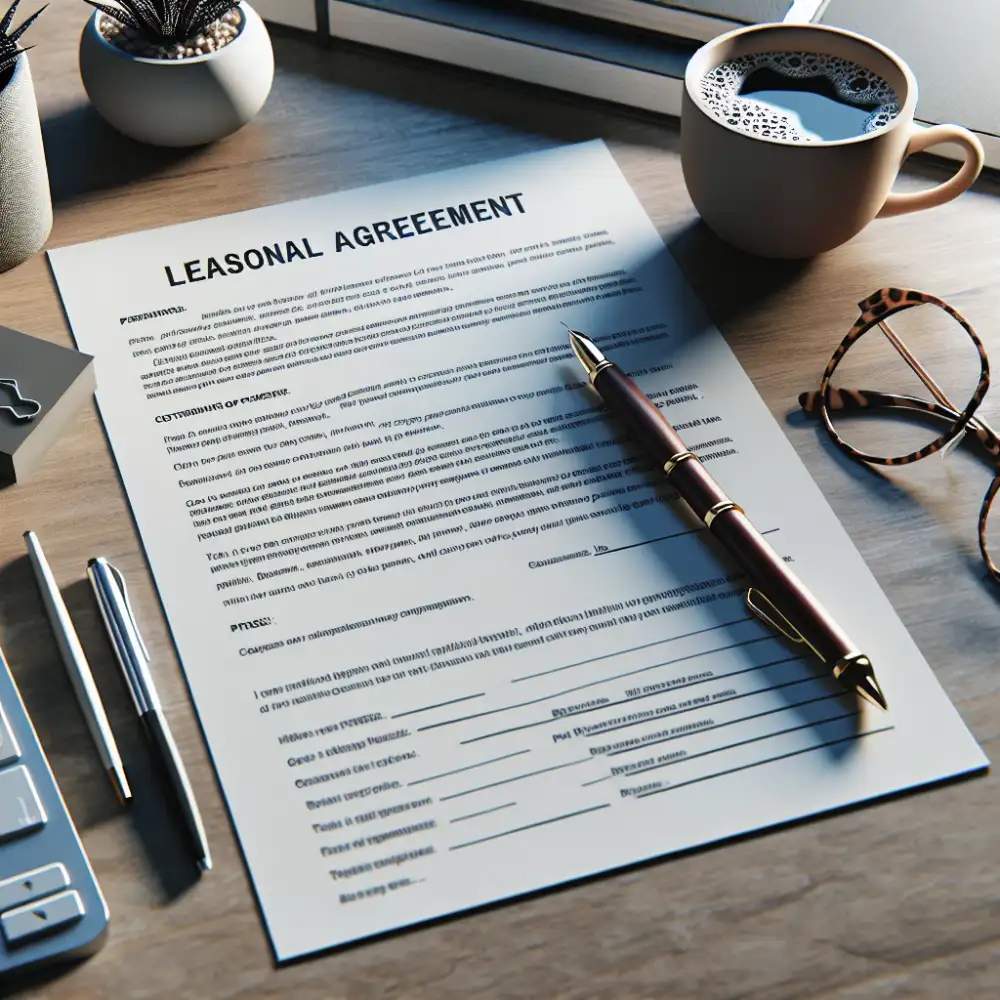
Insurance requirements
As part of your personal lease agreement, you'll need to meet certain insurance requirements. These are in place to protect both you and the leasing company in case of an accident or damage to the vehicle. Typically, you'll need to maintain these minimum levels of coverage:
| Feature | Personal Lease | Traditional Rental Agreement |
|---|---|---|
| Contract Length | Typically 2-4 years | Typically 1 year, renewable |
| Early Termination | Usually involves fees | May involve fees, depending on local laws and agreement terms |
| Maintenance & Repairs | Often included, especially for new vehicles | Tenant's responsibility |
- Bodily Injury Liability: This covers the cost of injuries you might cause to others in an accident where you're at fault.
- Property Damage Liability: This covers the cost of damage you might cause to someone else's property in an accident where you're at fault.
- Collision Coverage: This covers damage to your leased vehicle in the event of a collision, regardless of who is at fault.
- Comprehensive Coverage: This covers damage to your leased vehicle from events other than a collision, such as theft, vandalism, or natural disasters.
Your leasing company may have specific coverage limits that exceed your state's minimum requirements. They might also require you to carry Gap Insurance. This covers the difference between what you owe on the lease and the actual cash value of the vehicle if it's totaled or stolen.
Before signing your lease agreement, carefully review the insurance requirements section. Make sure you understand the coverage types and limits required. It's a good idea to contact your insurance agent to discuss these requirements and ensure your existing policy meets or can be adjusted to meet them.
A personal lease is like dipping your toes into the waters of ownership, without taking the full plunge.
Elara Nightshade
Wear-and-tear charges
Wear-and-tear charges are a common part of personal lease agreements. When you lease a car, you're essentially paying for the right to use it for a specific period. The leasing company expects the vehicle to be returned in a certain condition at the end of the lease term, accounting for normal wear and tear. However, if the car has damage beyond what's considered reasonable, you may be charged.
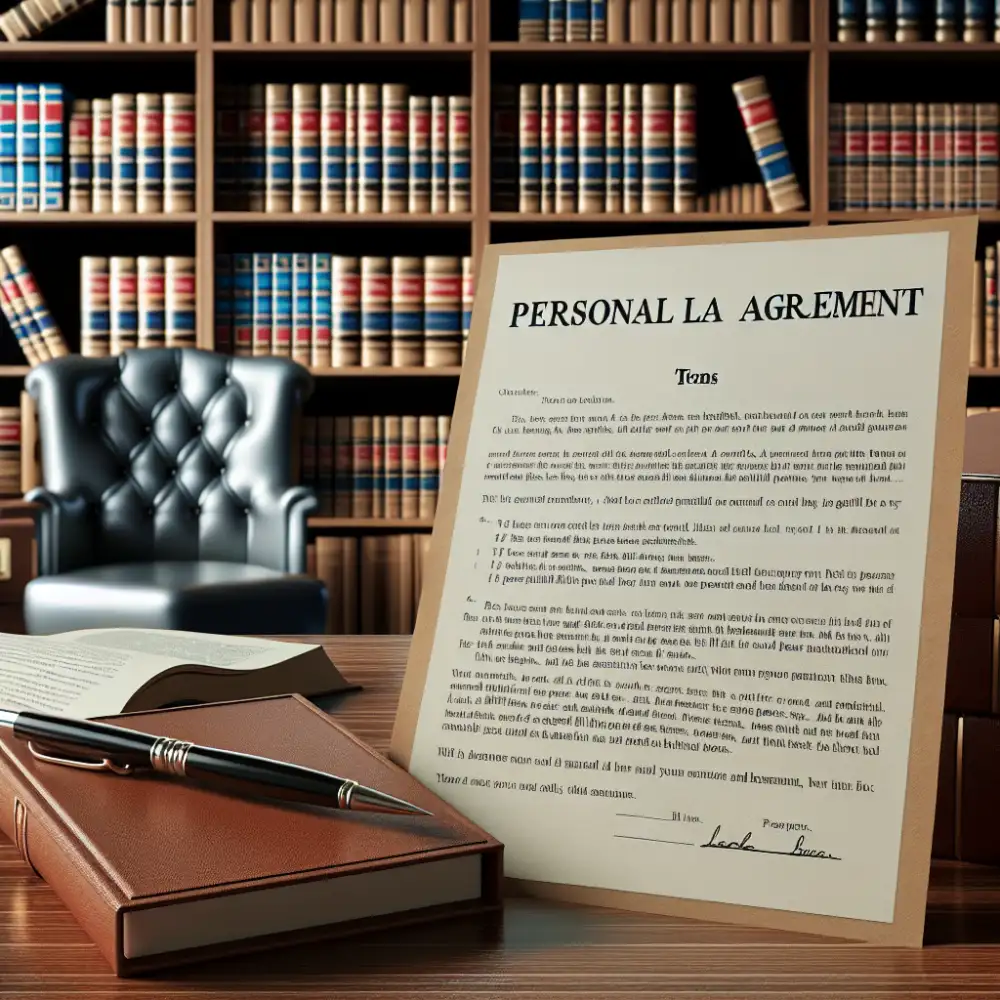

What constitutes excessive wear and tear can vary between leasing companies and is often outlined in your lease agreement. Common examples include dents, scratches, and chipped paint exceeding a certain size, damaged upholstery, worn tires, and mechanical issues due to lack of maintenance.
It's essential to carefully review the wear-and-tear guidelines in your lease agreement to understand what's acceptable. Taking good care of the leased vehicle and addressing any minor issues promptly can help you avoid or minimize potential charges when you return the car. Some lease agreements may offer the option to purchase wear-and-tear coverage for an additional fee, which can provide some financial protection against unexpected charges.
Early termination penalties
Early termination penalties are common in personal lease agreements. If you need to end your lease before the agreed-upon term, you may be required to pay a significant fee. This fee is intended to compensate the lessor for their lost income. The specific amount of the early termination penalty will vary depending on the terms of your lease agreement.
In some cases, you may be able to negotiate a lower early termination fee with your lessor. This is more likely to be successful if you have a good payment history and are able to provide the lessor with adequate notice. You may also be able to find someone to take over your lease. This is called a lease assumption. If you are able to find a qualified lease assumption candidate, you will not be responsible for any further payments on the lease.
However, it is important to note that your lessor must approve the lease assumption. Before signing a personal lease agreement, be sure to carefully review the section on early termination. This will help you understand the potential financial implications of ending your lease early.
Total lease cost
Total lease cost represents the overall financial commitment you undertake when leasing a vehicle. It encompasses more than just your monthly payments. To determine the total lease cost, several factors come into play.
Start with the negotiated price of the vehicle, also known as the capitalized cost. This figure forms the base upon which your lease payments are calculated. Next, consider the lease term, typically measured in months. Longer lease terms often result in lower monthly payments but may lead to higher overall costs.
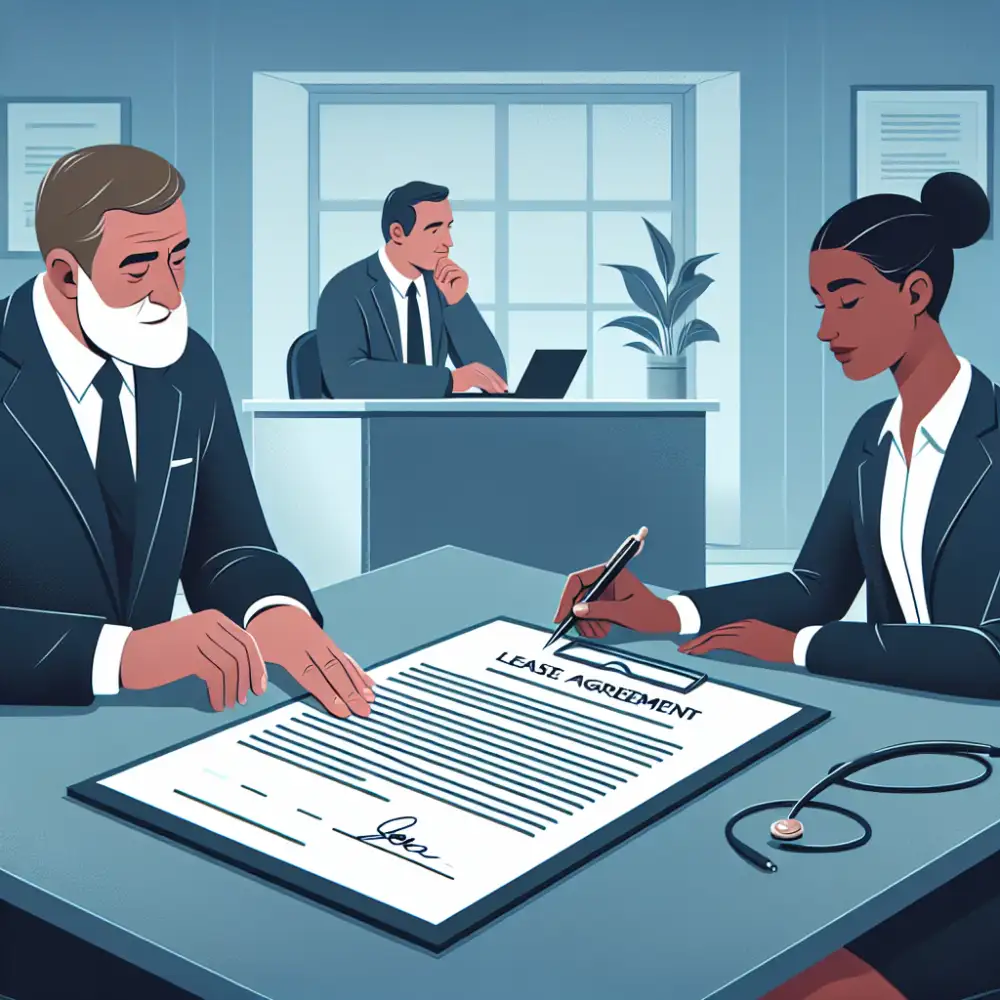
The money factor, similar to an interest rate, also influences the total lease cost. A lower money factor translates to lower financing costs. The residual value, the vehicle's estimated worth at the end of the lease term, is crucial. A higher residual value can lower your monthly payments.
Don't forget about upfront costs such as the down payment, acquisition fee, and any other fees charged by the leasing company. These upfront costs increase the total amount you pay over the lease term. By carefully evaluating all these factors, you can gain a clear understanding of the total lease cost and make informed decisions about your leasing agreement.
Credit score impact
A personal lease, much like an auto lease, typically involves a credit check as part of the application process. This means your credit score can be a deciding factor in whether you're approved for the lease and what lease terms you qualify for. Here's how your credit score can be impacted by a personal lease:
Hard Inquiry: When you apply for a personal lease, the leasing company will likely perform a hard inquiry on your credit report. This can temporarily lower your credit score by a few points.
Payment History: Just like any other form of credit, making your lease payments on time is crucial for maintaining a good credit score. On-time payments are reported to credit bureaus and contribute positively to your credit history.
Credit Utilization: While a personal lease itself doesn't directly impact your credit utilization ratio (the amount of credit you use compared to your total available credit), it does add to your overall debt obligations. If you take on a large lease amount relative to your income and other debts, it could potentially affect your ability to secure other forms of credit in the future.
Credit Mix: Adding a personal lease to your credit report can diversify your credit mix, which can be beneficial for your credit score. Having a variety of credit types (e.g., credit cards, loans, leases) demonstrates responsible credit management.
It's important to note that the specific impact of a personal lease on your credit score can vary depending on factors such as your credit history, the leasing company's policies, and the terms of the lease agreement.
Lease vs. buying comparison
Deciding between leasing and buying a car is a big decision with significant financial implications. Both options have their pros and cons, and the best choice for you depends on your individual circumstances and priorities.
Leasing a car typically involves lower monthly payments compared to buying. This is because you're only paying for the vehicle's depreciation during the lease term, not its entire value. Leasing can be a good option if you prefer driving a new car every few years. Lease agreements usually come with mileage restrictions. If you exceed the allotted mileage, you'll face additional charges.
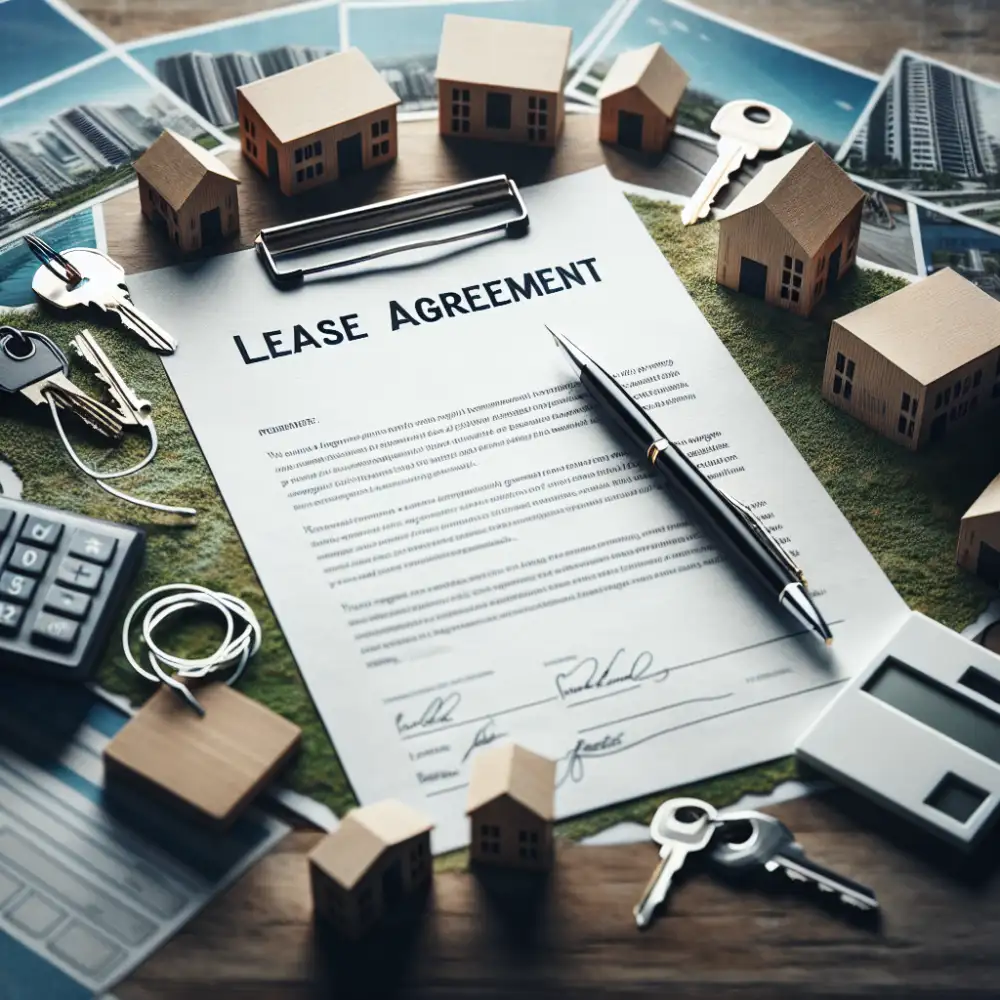
Buying a car requires a larger upfront investment in the form of a down payment. However, you'll own the vehicle outright once the loan is paid off. This means you have the freedom to sell, trade, or modify the car without any restrictions. Monthly payments for car loans are generally higher than lease payments, but you're building equity in an asset you own.
When deciding between leasing and buying, consider your financial situation, driving habits, and long-term goals. If you prioritize lower monthly payments and driving a new car regularly, leasing might be suitable. If you prefer vehicle ownership, building equity, and having no mileage restrictions, buying could be the better option.
Published: 03. 07. 2024
Category: Food



